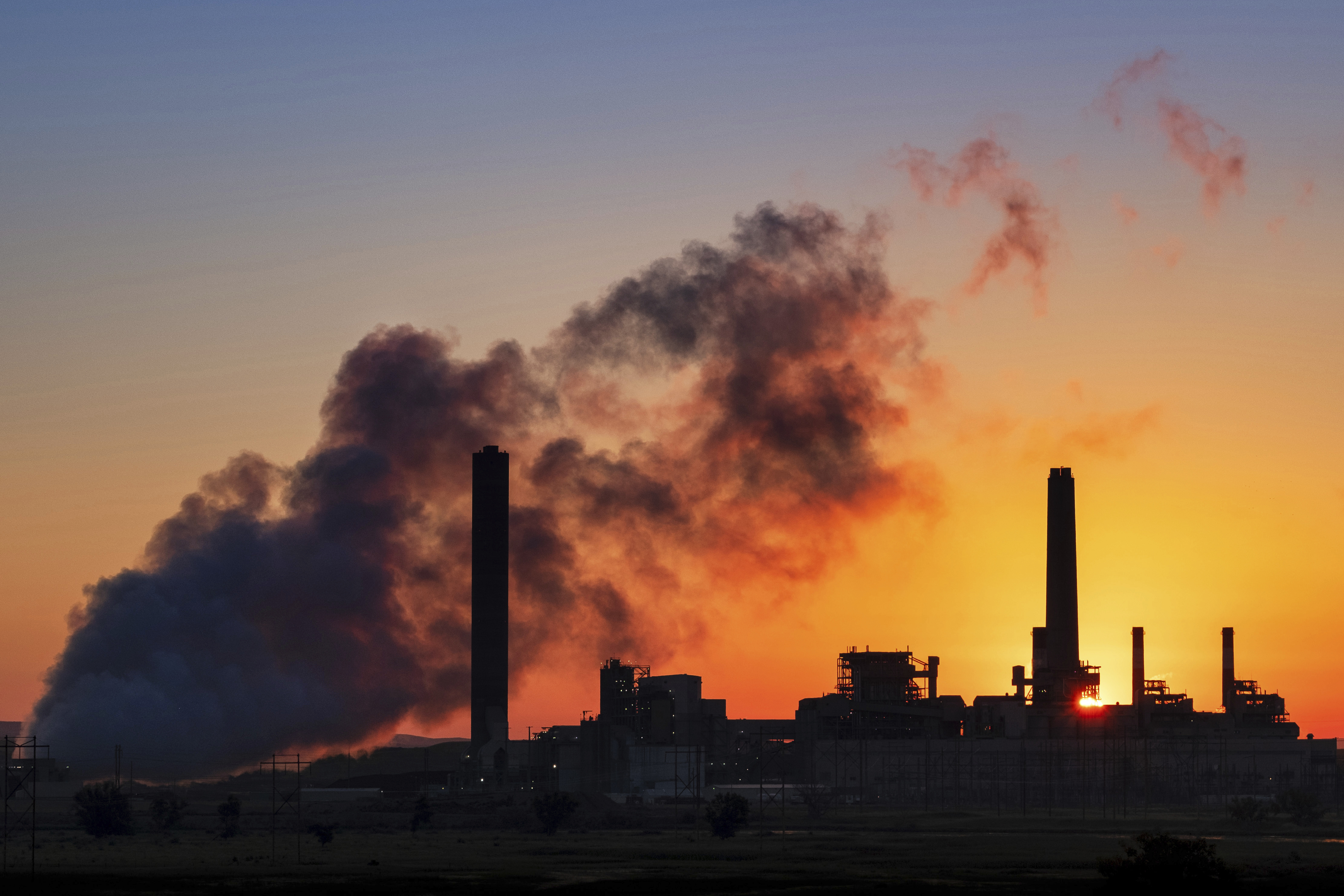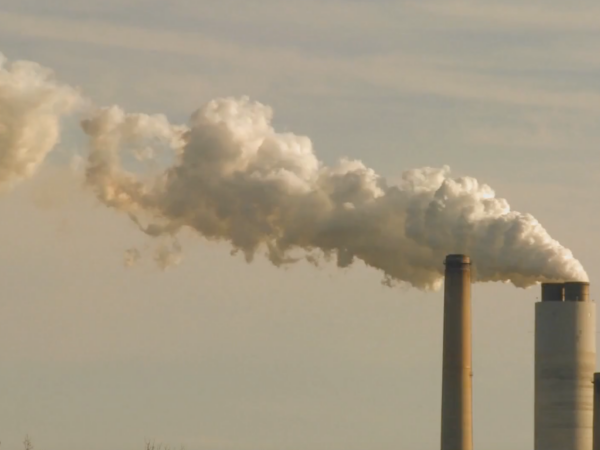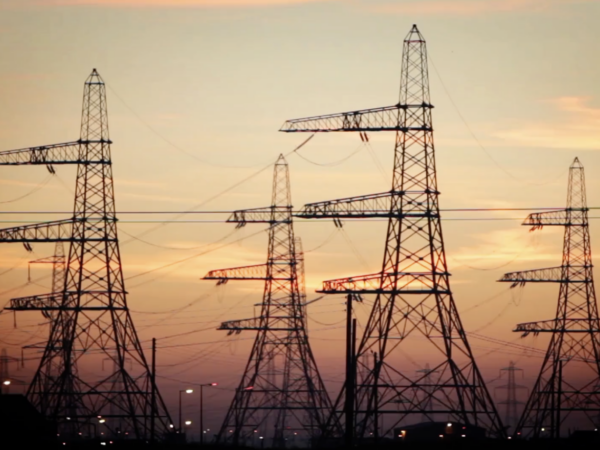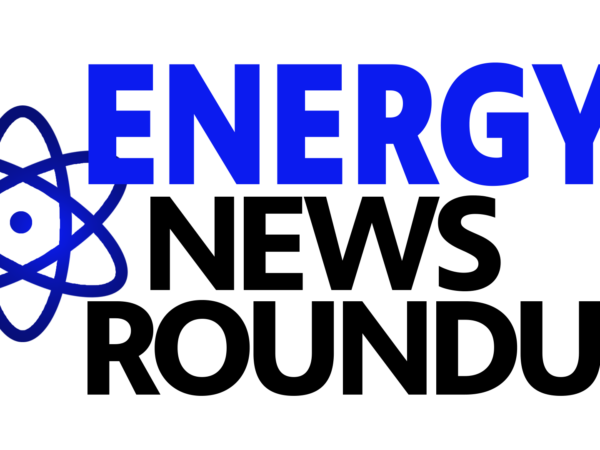
INDIANAPOLIS (AP) — As Indiana lawmakers debate dozens of bills addressing environmental matters, tensions are flaring over whether the state should adopt greener initiatives or step back current policy affecting water, energy and other resources.
While some measures in the General Assembly could bring reductions to Indiana’s carbon emissions and make stricter penalties for polluters, others would spur regulatory rollbacks that environmental advocates say could have long-lasting and damaging effects.
Among the most contested is a bill seeking to remove protection from Indiana’s already diminished wetlands. If passed, the measure would repeal a 2003 law requiring the Indiana Department of Environmental Management permit activity in a state-regulated wetland and end enforcement proceedings against landowners allegedly violating current law.
The proposal comes as President Joe Biden’s administration begins review of the previous administration’s rules like the Navigable Waters Protection Rule, which narrowed the definition of waterways that fall under federal protection.
Watch Great Lakes Now‘s segment on environmental enforcement during the Trump administration:
API key not valid. Please pass a valid API key.Republican bill author Sen. Chris Garten and other sponsors said vague language in the state law, over-enforcement by state regulators and high mitigation fees that drive up housing costs prompted the drafting. They contend removal of state protections would help developers and grow the housing market.
Environmental groups pushed back, arguing that because wetlands provide water purification, habitat for wildlife and reduced flood risks, it’s critical they’re protected.
Indra Frank with the Hoosier Environmental Council told legislators that because it’s also not clear how many acres of isolated wetlands are in the state, “we don’t know for certain how many acres of wetlands would be in jeopardy.”
Although Garten maintained there would be “zero impact” on overall water quality, the proposed rollbacks have sparked bipartisan opposition within the Republican-dominated Legislature and from Republican Gov. Eric Holcomb.
The governor said Wednesday that while he doesn’t want to hamper Indiana’s economic recovery, the bill is cause for “concern.” He advanced those reservations last month, allowing staff at the departments of natural resources and environmental management to oppose the bill in hearings.
“These are agencies with the expertise on not just the intended consequences (of repealing wetlands protections) but the unintended consequences, as well,” Holcomb said.
Regulatory officials testified in the Senate Environmental Affairs Committee that the proposal would take away the state’s ability to protect wetlands, undermining years of work in flood prevention and water quality efforts.
IDEM representative Erin Moorhous emphasized that only 15% of Indiana’s wetlands remain from what existed 200 years ago. About 80% of the remaining wetlands would be at risk under the bill.
Senators passed the bill to the House in a 29-19 vote; nine Republicans and 10 Democrats voted no.
In a state still dependent on coal despite a shift toward renewable energy sources, lawmakers are also debating how Hoosiers get energy.
Republicans have said their proposals address stability and reliability on the electrical grid. Environmental and consumer groups, however, worry that legislation could stall the growth of wind and solar power while propping up the coal industry.
One House bill under consideration by the Senate aims to ensure reliable electricity, requiring electric utilities to annually show how they plan to provide reliable energy to their customers for the next three years.
Those that can’t meet peak demands would be required by the Utility Regulatory Commission to develop a plan to bridge that gap, which could include building a new power plant or solar farm, though Republican bill author Rep. Ed Soliday said the bill doesn’t favor any one source.
“Whether it’s coal, wind, natural gas, or rabbits on a treadmill — it doesn’t matter to us,” he said. “The bill just assures you have a reliable electricity.”
Chairman of the House utilities committee, Soliday has in previous sessions introduced bills that would have slowed the transition to renewable energy sources like wind and solar, which provided just roughly 7 percent of the state’s electricity in 2019.
Soliday said he’s “not particularly a friend of renewables or coal,” but pointed to another of his bills that could make the state “friendlier” to renewable energy.
That measure would create standards for where commercial wind and solar projects can be located, which Soliday said is part of an effort to attract renewable energy industry to areas where local regulations are often more stringent. The 31 counties that have enacted bans on renewable power projects would become open for development.
The measure is opposed by the Association of Indiana Counties and the Indiana Association of County Commissioners. They expressed concerns about impeding local control. Farmers and private homeowners have also spoken against the bill with concerns about loss of agricultural land and possible safety risks associated with large wind turbines.
The Hoosier Environmental Council said it worries that statewide standards could make it impossible for local governments to mandate pollinator-friendly plants be planted below solar installations.
Democrats and advocacy groups are also raising concerns about House Bill 1191, which would take away local governments’ ability to prohibit natural gas hookups for home heating in new construction.
Authored by Republican Rep. Jim Pressel, the bill would also restrict state universities from choosing how they acquire power sources, including carbon-friendly energy sources for buildings or vehicle fleets.
“I think it’s very unfair to our constituents, any of them, to take away any source of energy that is currently, during a pandemic, the cheapest and most affordable way to heat your house,” Pressel said. “So, do we want local units of government potentially, and I stress potentially, to take that away from them when things could be so bad for them now?”
Criticizing the electrification bill that has advanced to the Senate, Democratic Rep. Matt Pierce said it was “searching for a problem to solve,” noting that it creates bureaucracy and higher costs for local governments and state-funded universities to pursue sustainable energy initiatives.
___
Casey Smith is a corps member for the Associated Press/Report for America Statehouse News Initiative. Report for America is a nonprofit national service program that places journalists in local newsrooms to report on undercovered issues.
Catch more news on Great Lakes Now:
EPA Nominee Regan Touts Collaboration during Senate Confirmation Hearing
Fisheries Fight: Michigan commercial fishers bring MDNR rules to court
U.S., Canadian researchers conduct binational birds conservation research
Should future plans for Line 5 consider climate change?
Highlights of Ohio governor’s proposed 2-year spending plan
API key not valid. Please pass a valid API key.Featured image: In this July 27, 2018, file photo, the Dave Johnson coal-fired power plant is silhouetted against the morning sun in Glenrock, Wyo. A record drop in U.S. energy consumption this spring was driven by less demand for coal that’s burned for electricity and oil that’s refined into gasoline and jet fuel. (AP Photo/J. David Ake, File)




